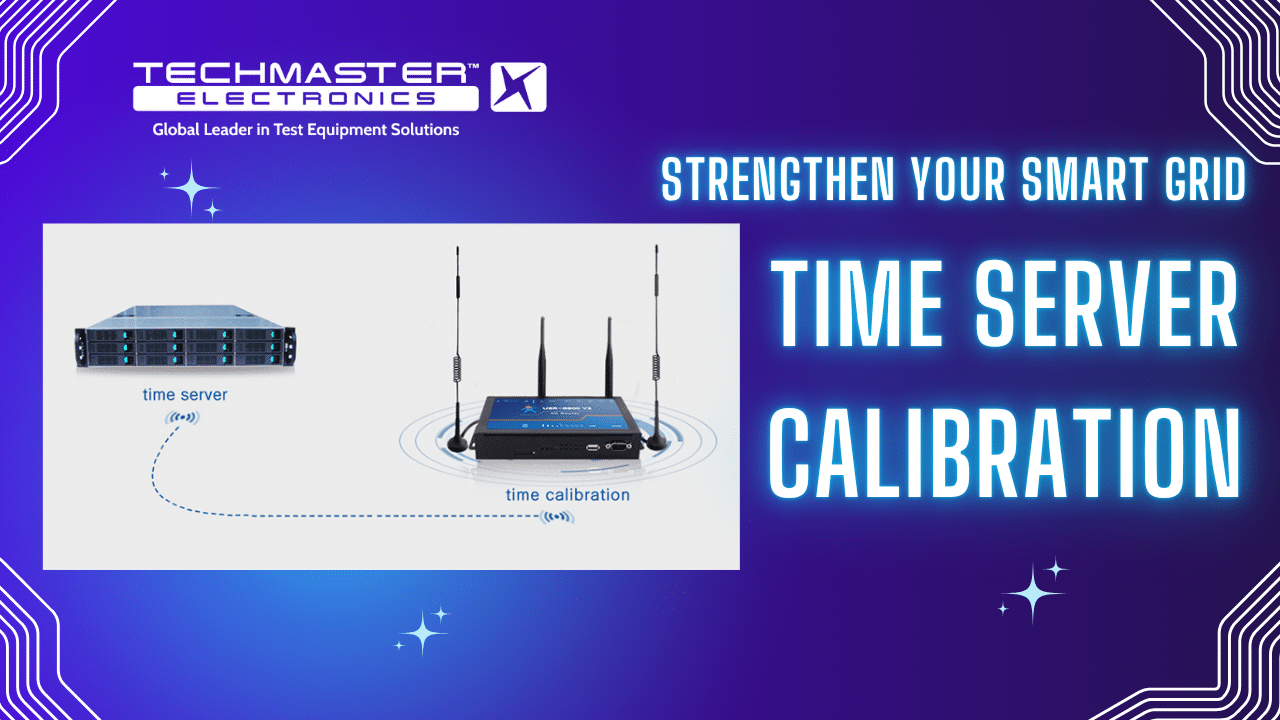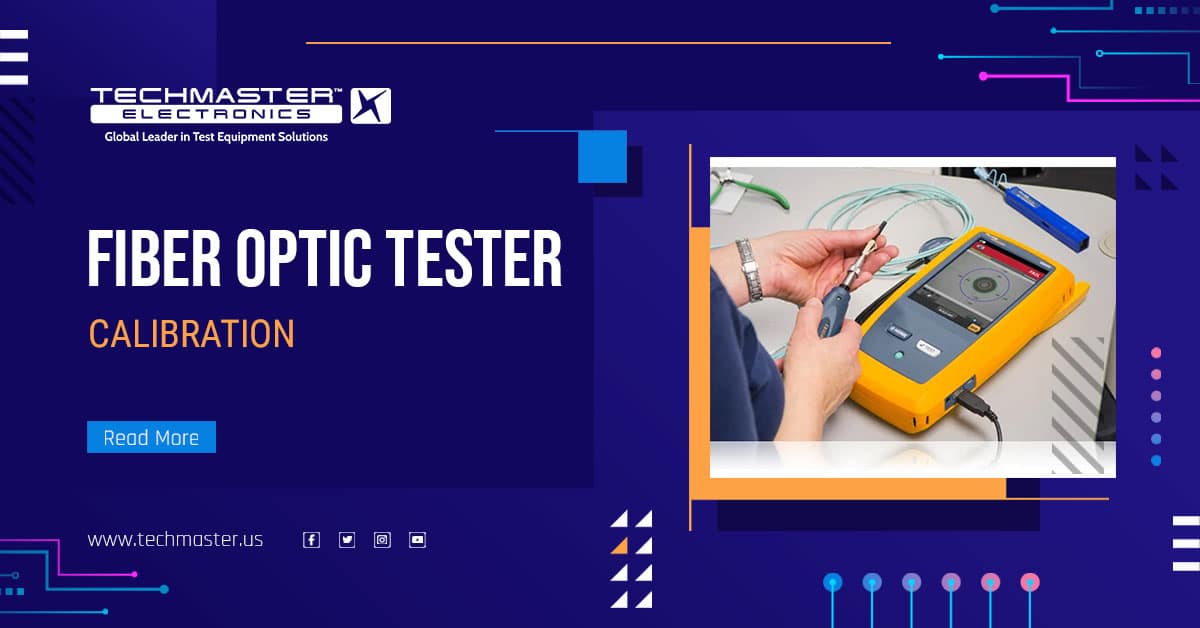In the fast-evolving world of RF and wireless testing, Communication Analyzer Calibration is not just a maintenance task—it’s a mission-critical requirement. Whether you’re ensuring accurate signal modulation or regulatory compliance, keeping your analyzers in spec is key to protecting test integrity and business outcomes. For teams seeking speed and minimal downtime, Onsite Calibration for Test Equipment is becoming the go-to choice—bringing the lab to your facility without sacrificing accuracy.
What Is Communication Analyzer Calibration?

Communication analyzer calibration refers to the process of verifying and adjusting the performance of a communication analyzer to ensure it operates within manufacturer specifications and industry standards. The goal is to maintain measurement accuracy, repeatability, and compliance with quality assurance protocols.
This process typically includes:
-
Signal level verification (e.g., RF power, modulation)
-
Frequency accuracy check
-
Modulation error rate and bit error rate testing
-
Spectrum and waveform analysis
-
Alignment with traceable standards (NIST or equivalent)
Think of it like tuning a musical instrument: even a high-end device can drift out of spec due to regular use, temperature fluctuations, or physical shock. Calibration brings it back in tune with the standard.
Why Communication Analyzer Calibration Matters
1. Accuracy and Compliance
Even small measurement errors in communication analyzers can lead to:
-
Misinterpretation of signal quality
-
Inaccurate pass/fail judgments during product testing
-
Rework or recall in manufacturing
-
Regulatory noncompliance (FCC, ISO, MIL-STD)
By calibrating your analyzers, you ensure they’re aligned with traceable reference standards (such as ISO/IEC 17025), giving confidence in every test you run.
2. Tangible ROI for Project Success
Uncalibrated equipment increases the risk of delays, misdiagnosis, and rework—leading to spiraling costs and team frustration. For project managers and QA teams, proactive calibration reduces downtime, boosts yield, and protects client trust.
“One misreading can set an entire verification line back. Calibration keeps your data—and your deadlines—on track.”
Calibration Standards and Traceability

When it comes to communication analyzers, the most commonly referenced calibration standards include:
-
ISO/IEC 17025: The global gold standard for laboratory competence
-
ANSI/NCSL Z540-1/Z540.3: Commonly used in North America
-
MIL-STD-45662A: Applicable in defense and aerospace
-
OEM specifications: Calibration is often required to meet manufacturer tolerance limits
A quality calibration certificate will indicate:
-
The measurement uncertainty
-
Environmental conditions
-
Reference instruments used
-
Traceability to national/international standards (e.g., NIST)
Choosing a provider with ILAC MRA-recognized accreditation ensures global credibility and audit-readiness.
Onsite vs. Lab Calibration: Which One Should You Choose?
When it’s time to calibrate, one of the first decisions you’ll face is where the calibration takes place. Many providers offer both lab-based and onsite calibration. Each has its pros and cons depending on your situation:
Onsite Calibration for Test Equipment brings the service to your location — minimizing downtime, avoiding shipping risks, and letting you resume operations faster. It’s ideal for large systems or when turnaround time is critical.
Laboratory Calibration, on the other hand, offers a controlled environment with advanced metrology tools and lower measurement uncertainty. If your equipment must meet the highest accuracy requirements or regulatory scrutiny, this option is often preferred.
Ultimately, the right choice depends on your tolerance for downtime, required accuracy level, and logistics. Many businesses choose a hybrid approach based on urgency and criticality.
Calibration Frequency: How Often Should You Calibrate?
Calibration intervals can vary depending on manufacturer recommendations, usage patterns, and internal quality requirements. However, a typical calibration cycle is:
-
Annually for standard QA/test applications
-
Semi-annually or quarterly for high-precision or mission-critical operations
Many organizations determine intervals based on a calibration history — if past calibrations show minimal drift, intervals may be extended; if not, they may shorten them.
Tip: Review your past certificates. If readings are consistently drifting near limits, it’s a red flag to recalibrate more often.
The Communication Analyzer Calibration Process: What to Expect
A typical calibration includes:
-
Initial functional check: Ensuring the unit powers up and responds properly
-
Performance verification: Comparing signal accuracy, frequency, modulation, etc. against standards
-
Adjustment (if necessary): Re-aligning performance to spec
-
Final verification: Rechecking results after adjustment
-
Documentation: Issuing a traceable certificate with ‘As Found’ and ‘As Left’ data
Many top-tier labs also include uncertainty values and detailed measurement data — valuable for internal QA and audits.
Common Issues Found During Calibration
-
Frequency drift over time
-
Incorrect modulation depth
-
Faulty attenuators or RF switches
-
Loose or worn-out connectors
Identifying and correcting these problems early can save thousands of dollars in rework or equipment failure
Post-Communication Analyzer Calibration: Maintenance Tips
Once your equipment is calibrated, following basic maintenance practices helps extend calibration intervals:
-
Avoid rough handling and shock
-
Store in a clean, dry, temperature-controlled environment
-
Use protective covers for connectors
-
Perform basic verification with a known source periodically
These actions minimize drift and ensure longer reliability between calibration cycles.
Real-World Scenario: Aviation Test Lab
A leading aerospace testing lab in Texas regularly uses high-end communication analyzers to test navigation and telemetry systems. After several product test failures, they discovered their analyzers hadn’t been calibrated in 18 months.
Upon recalibration, they found frequency offsets of up to 2 MHz—enough to distort error vector readings. Post-calibration, false fails dropped by 40%, and the team regained client confidence in product QA.
This example highlights why communication analyzer calibration is a smart business investment—not just a compliance formality.
How to Choose a Communication Analyzer Calibration Provider
When outsourcing calibration, don’t just compare price. Evaluate:
-
Accreditation scope (Are communication analyzers covered?)
-
Turnaround time
-
Onsite service availability
-
Traceable documentation
-
Expertise in RF/telecom instruments
-
Customer support and flexibility
Look for providers who can also calibrate your related gear (spectrum analyzers, signal generators, RF power meters) — consolidating services saves time and money.

Emerging Trends: AI and Predictive Calibration
With the rise of predictive maintenance, some calibration providers now offer data-driven scheduling. By tracking historical drift and usage data, they predict optimal calibration windows — reducing unnecessary downtime.
AI-powered platforms can also flag abnormal usage patterns, helping prevent damage before it affects performance. This is especially valuable for large test labs managing dozens or hundreds of analyzers.
Conclusion: Why It Pays to Prioritize Calibration
Communication analyzer calibration isn’t just a box to check. It’s about trust—in your data, your processes, and your outcomes. Whether you’re running compliance tests, field diagnostics, or final product verification, a calibrated analyzer ensures you’re seeing the truth, not a distorted version of it.
Ready to schedule your calibration? Make sure you partner with an accredited provider who understands your industry, equipment, and expectations.
FAQ
Q: How long does Communication Analyzer Calibration take?
A: Lab calibration typically takes 5–7 business days. Onsite services can complete the process in under a day.
Q: Is onsite calibration as accurate as lab calibration?
A: For most applications, yes. However, lab environments offer tighter measurement uncertainties when required.
Q: What’s the cost of Communication Analyzer Calibration?
A: Prices vary based on model, service level, and location. Expect $300–$1000+ per unit.
Q: How can I tell if my analyzer is out of calibration?
A: Signs include inconsistent readings, failed self-tests, or anomalies during routine testing.
Q: What if I have multiple analyzers across different sites?
A: Look for providers with nationwide onsite service to standardize calibration and simplify compliance.
Need help scheduling your Communication Analyzer Calibration or want to explore onsite calibration for test equipment? Contact us today for a free consultation or quote.











